Projects and Initiatives
A collection of projects and initiatives by the Blackfalds & Area Historical Society.
A collection of projects and initiatives by the Blackfalds & Area Historical Society.
These are some of our favorite projects
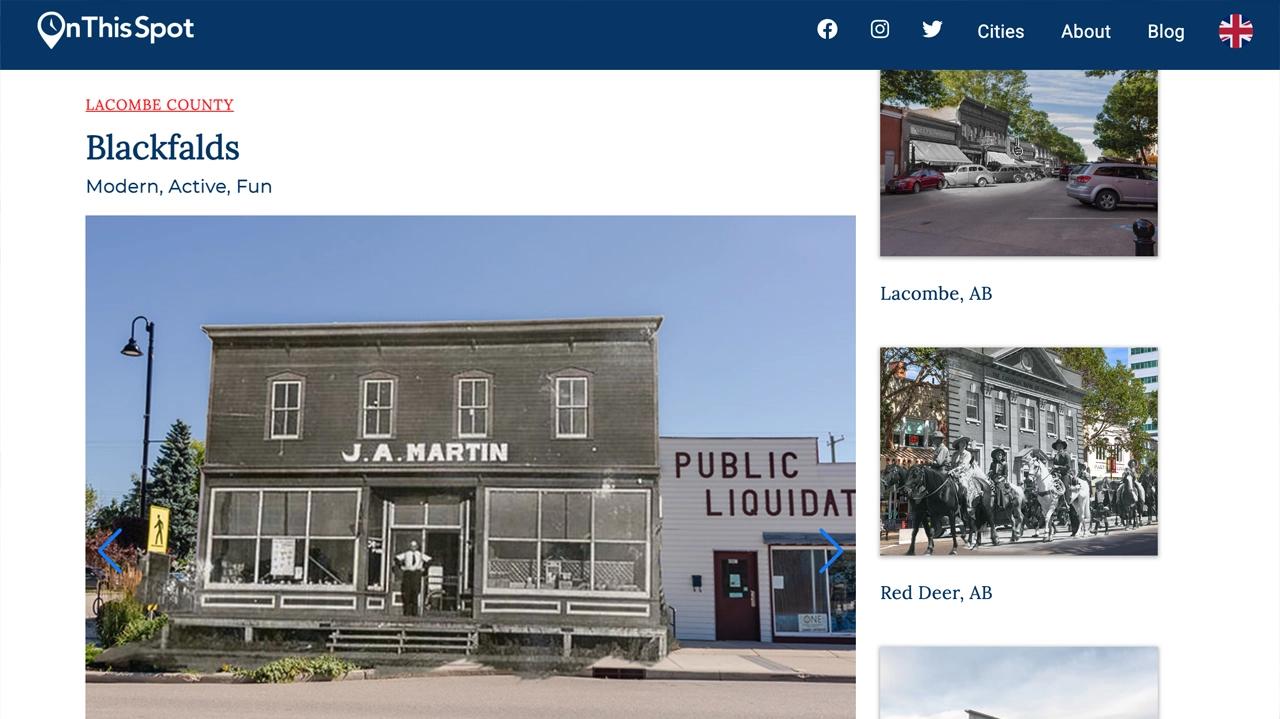
The Blackfalds & Area Historical Society has partnered with: On This Spot website to present then and now photos, engaging historic walking tours, tour of the Wadey house and a youtube video.
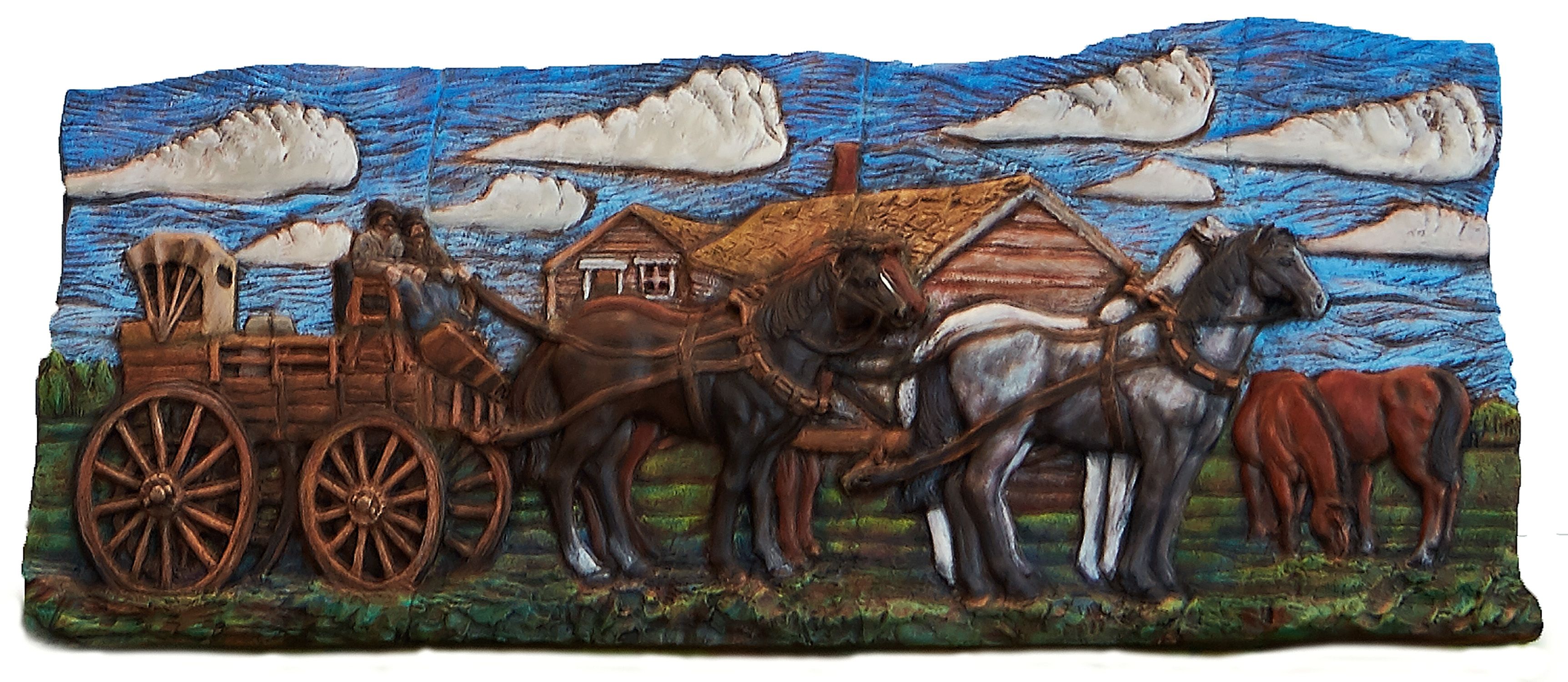
The Whitford Stopping House was located close to the south side of the Blindman River, and on the east side of the C & E Trail, just south of Blackfalds.
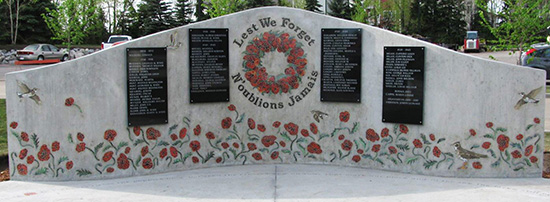
Blackfalds' monument with the names of 85 men and women
These Books are for sale


$20.00
"A look back through Blackfalds Churches"
To receive your copy of the book, please email Judy at:
The Society's Projects 17
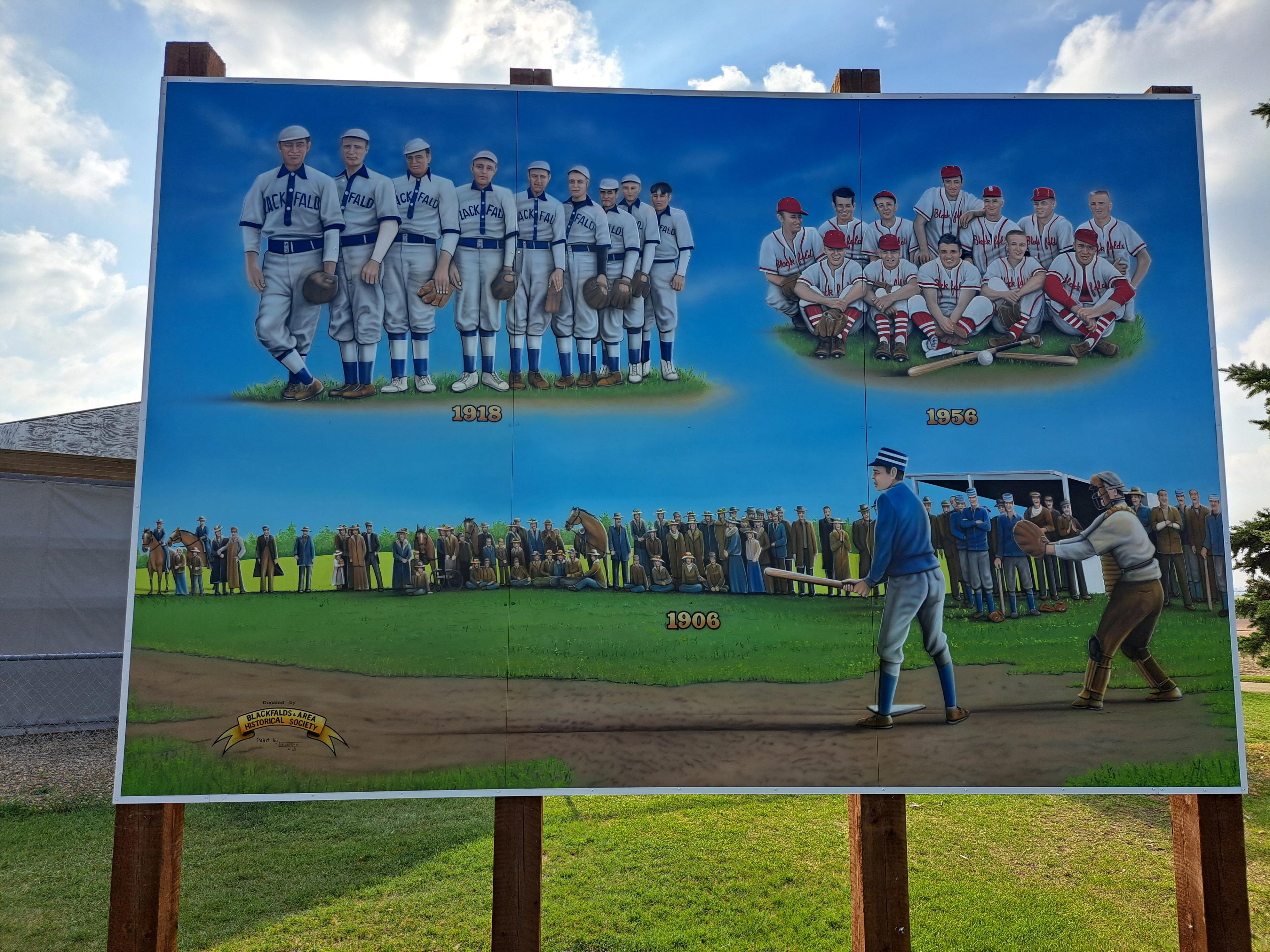
Designed and funded by the historical society, this mural was installed in August of 2025 thanks to the town of Blackfalds and is located in the Sterling Industries Sports Park
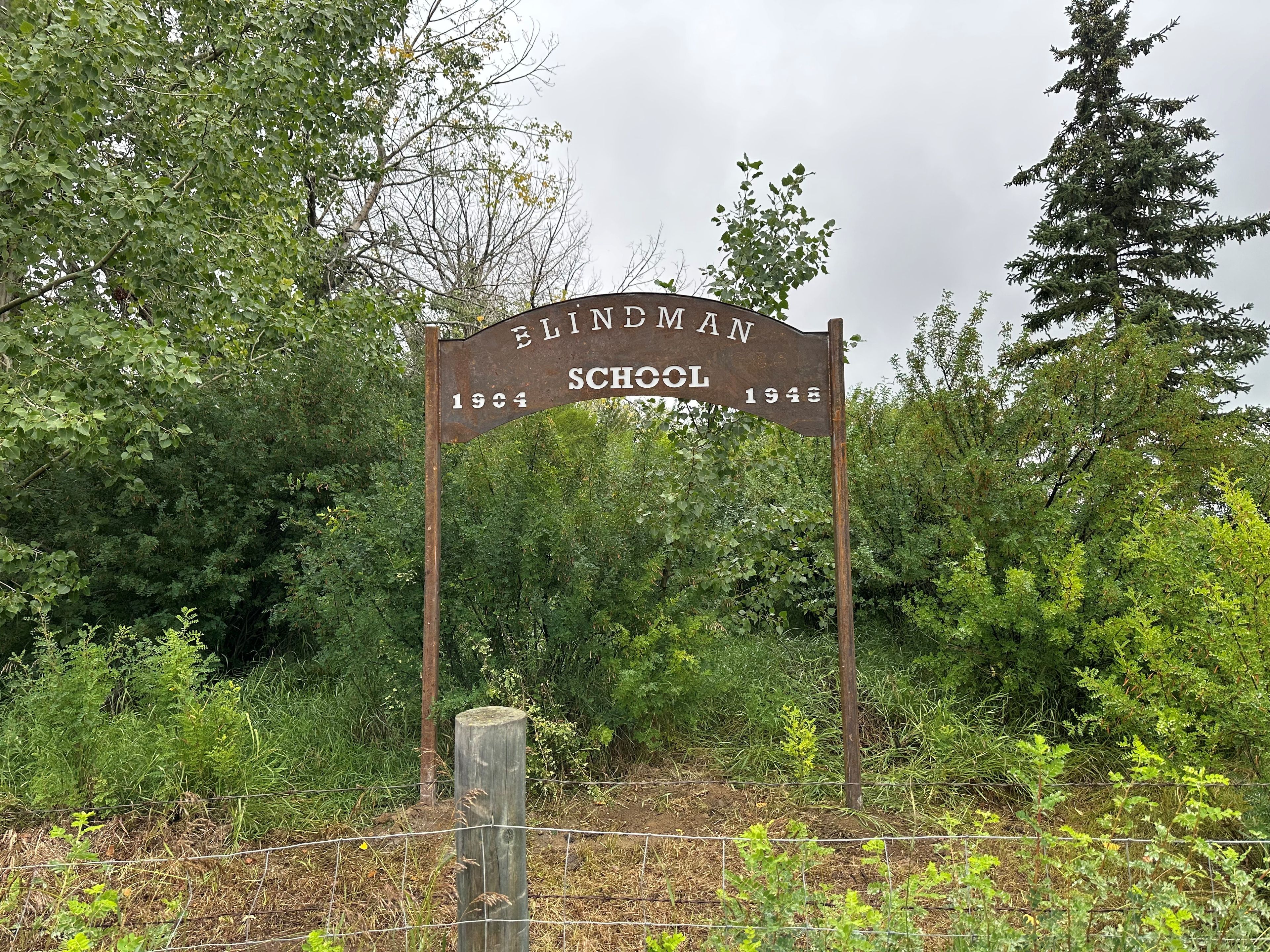
Funded by the historical society, this sign was installed in August of 2025 thanks to Lacombe County in its original location from 1904 to 1948.
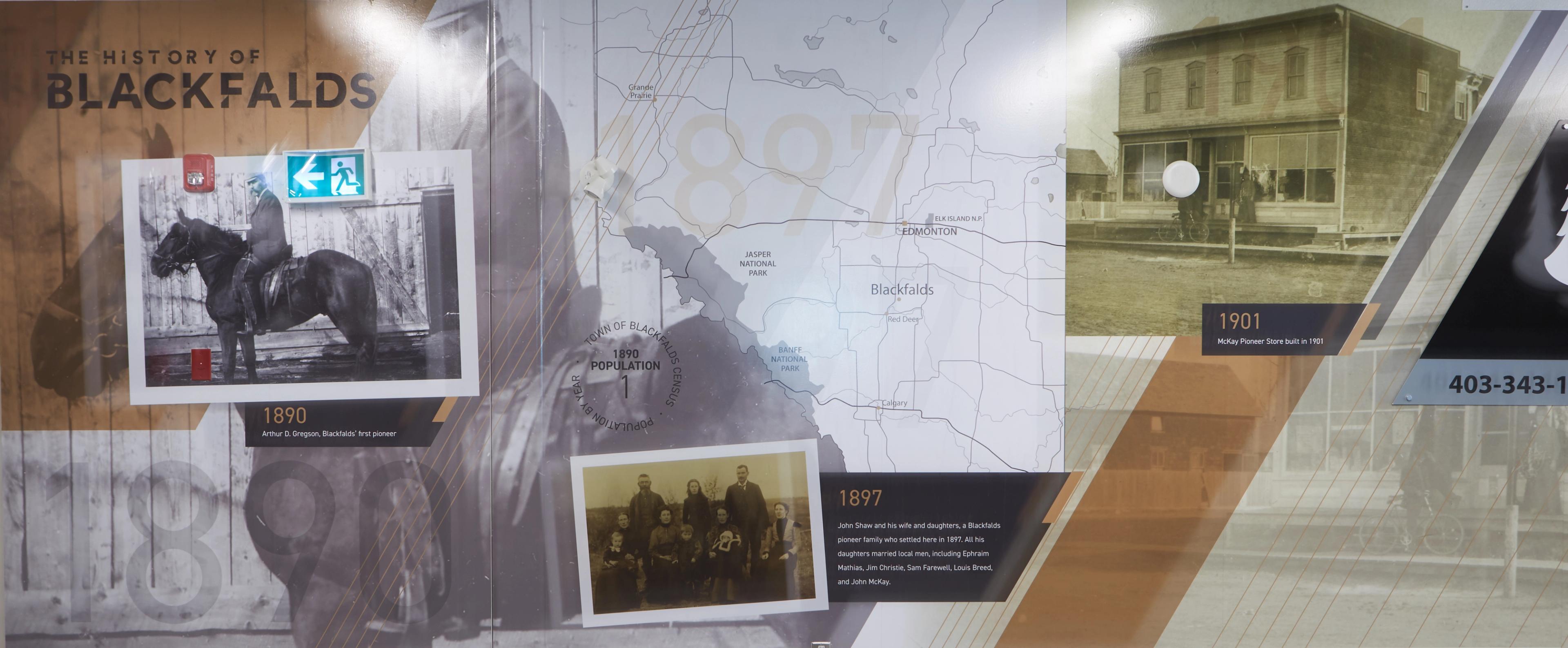
This mural is located within the Eagle Builders arena on the upper level and depicts a time line of the development of Blackfalds, at over 250 feet long, with lots of interesting images and information.
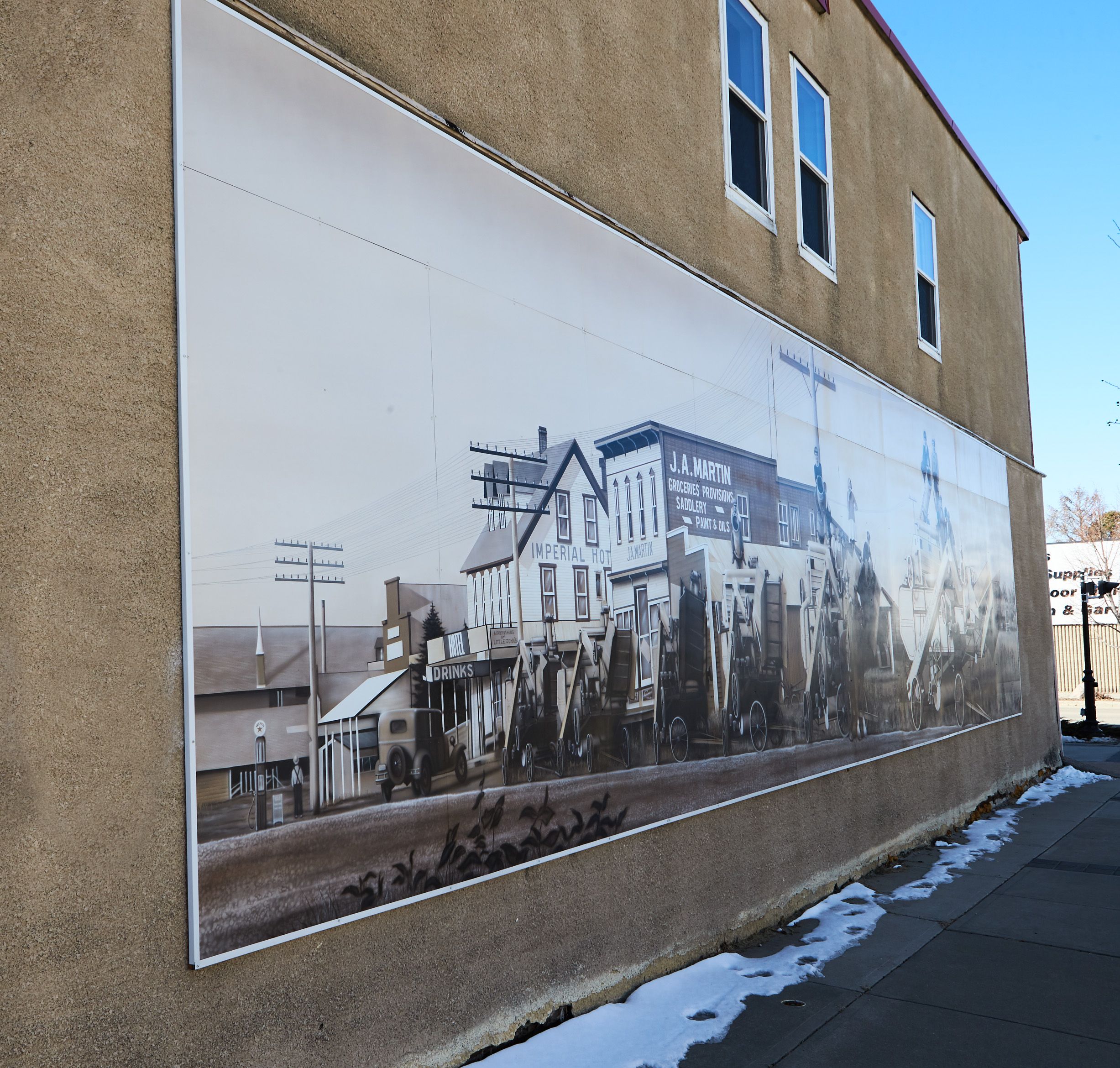
A line up of 6 Oliver threshing machines know as “Red River Specials” that have just arrived by rail and been unloaded along Broadway Avenue in 1929.
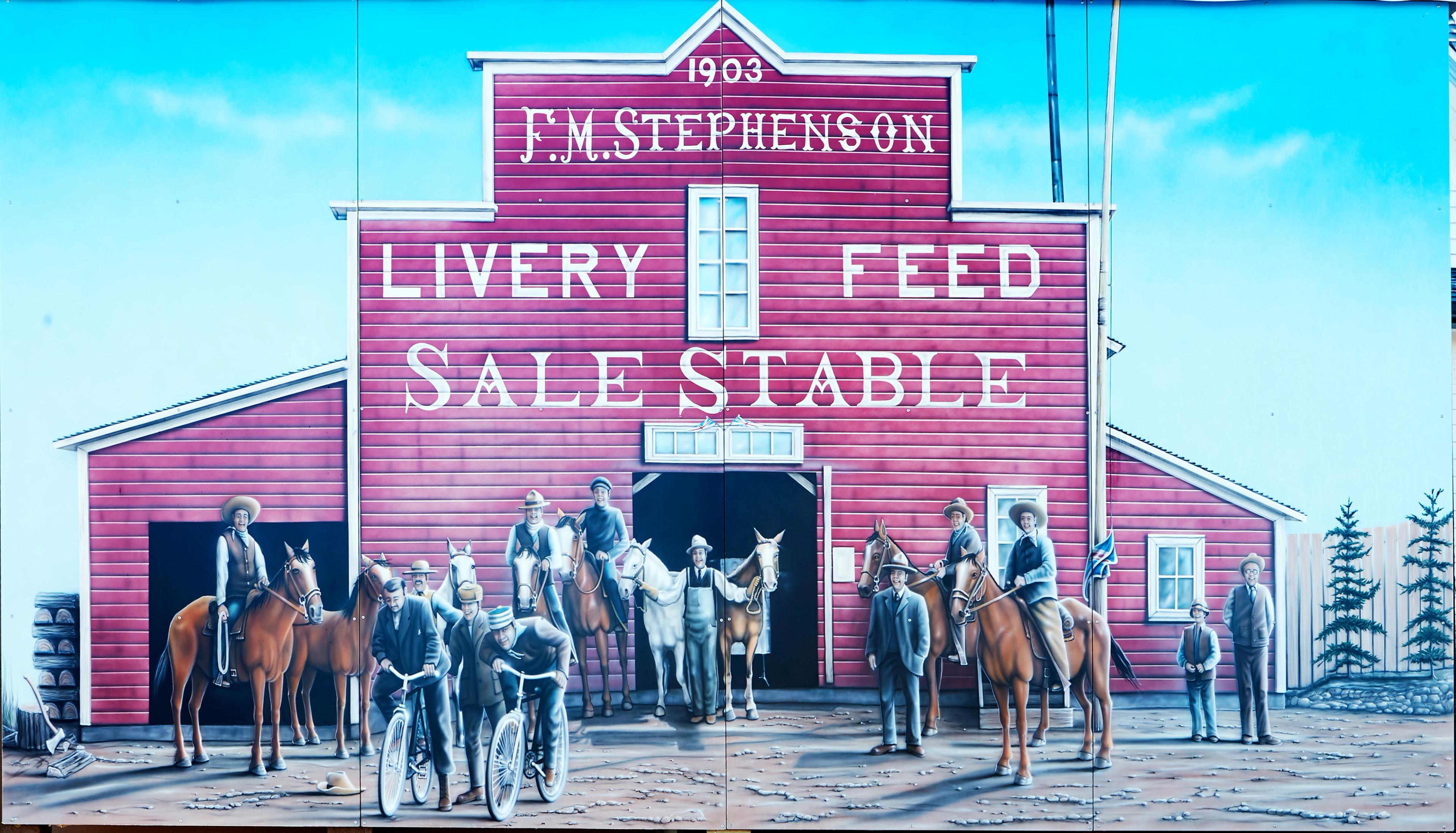
Frank Stepheson came to Blackfalds in 1902 and built his livery in 1903. It was located on Broadway Avenue, east side, about where the Faith Community Church is located. This livery lasted until 1926, when it was replaced with a small garage and gas station.

The Blackfalds & Area Historical Society has facilitated several grave stone restorations in the past, as well as installed grave stones for unmarked burials in the Blackfalds Cemetery.

The Blackfalds & Area Historical Society has partnered with: On This Spot website to present then and now photos, engaging historic walking tours, tour of the Wadey house and a youtube video.
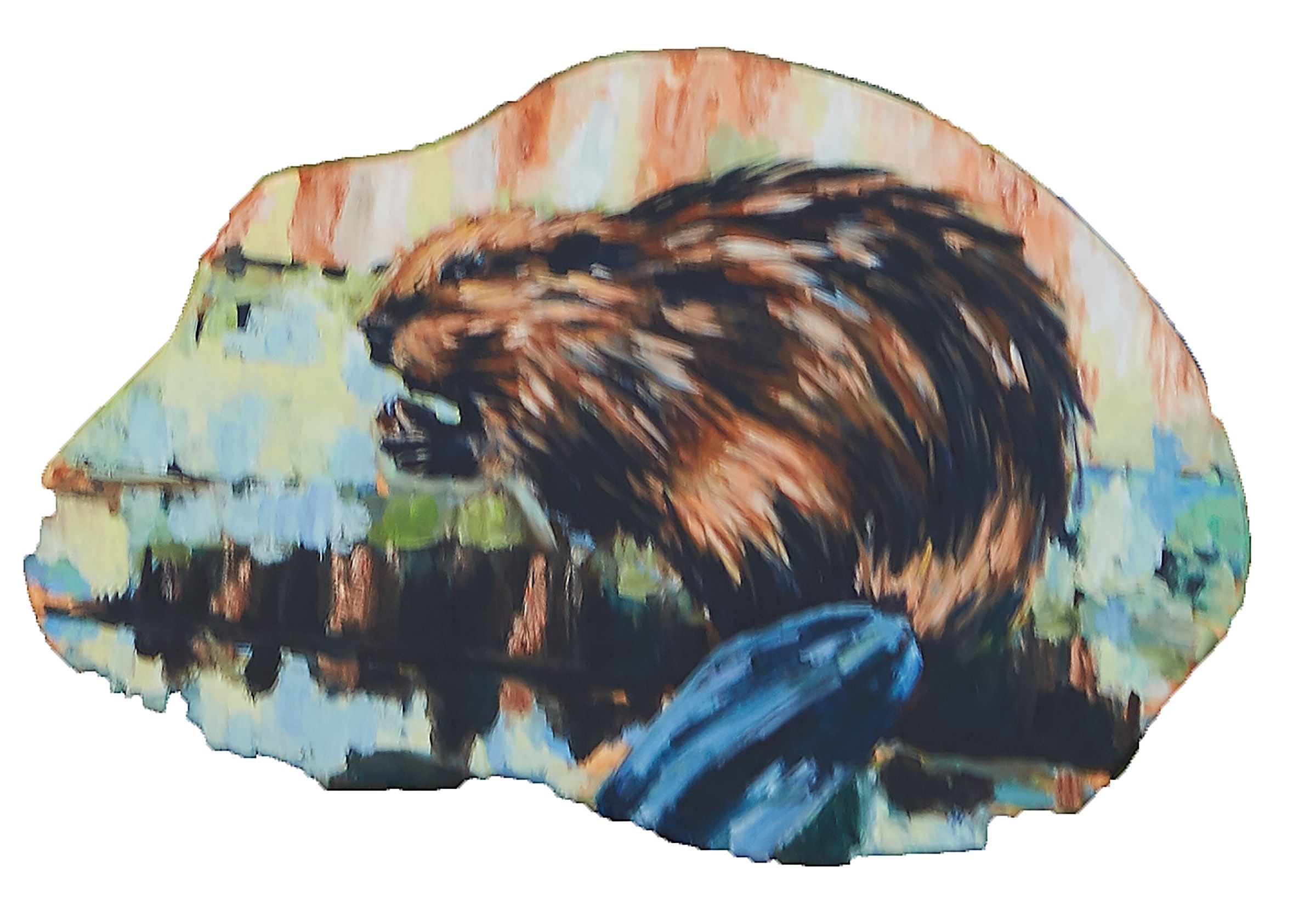
The Cree referred to the river as Paskapoo or paskapiw, which means, "he is blind". There is a story that a hunting party of Cree had to camp along this river as they were suffering severely from "snow blindness"
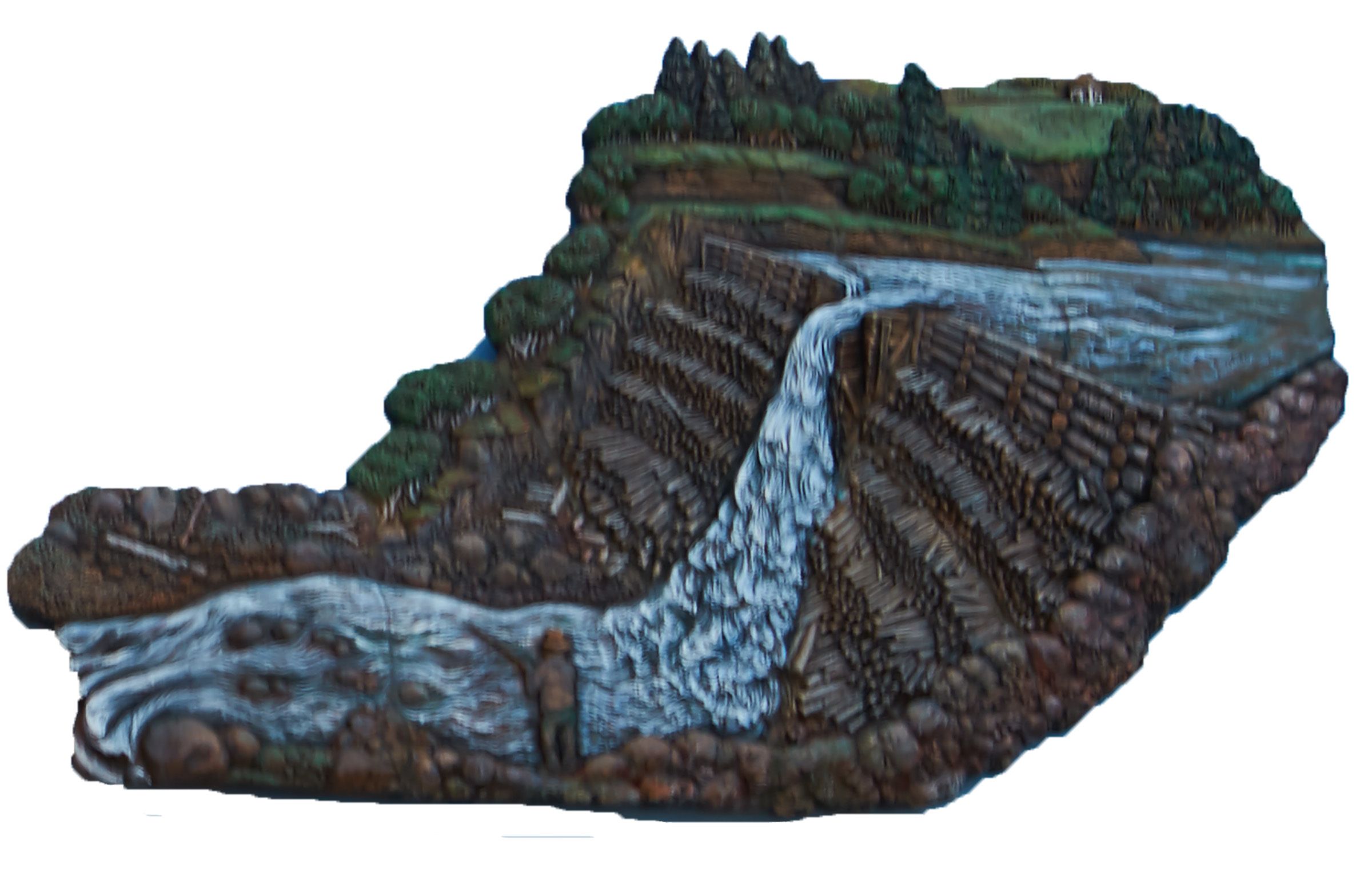
In 1904 Aruthur D. Gregson donated about 4 acres of land to the Blindman River Electric Light and Power Company
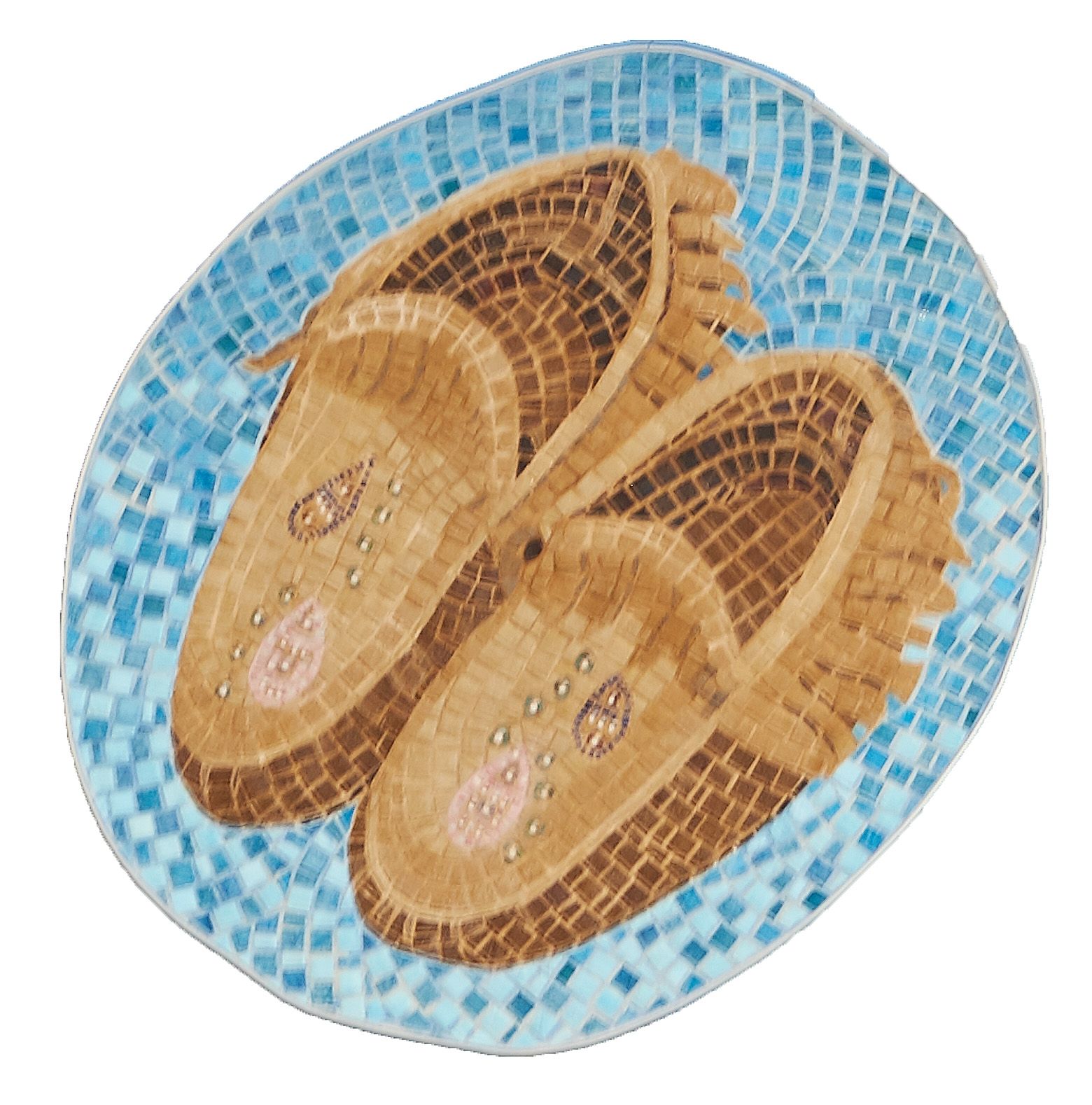
Early Explorers of Central Alberta & Western Canada

This central Alberta trail is considered a very old and well used Indigenous trail that ran north/south.

The Whitford Stopping House was located close to the south side of the Blindman River, and on the east side of the C & E Trail, just south of Blackfalds.
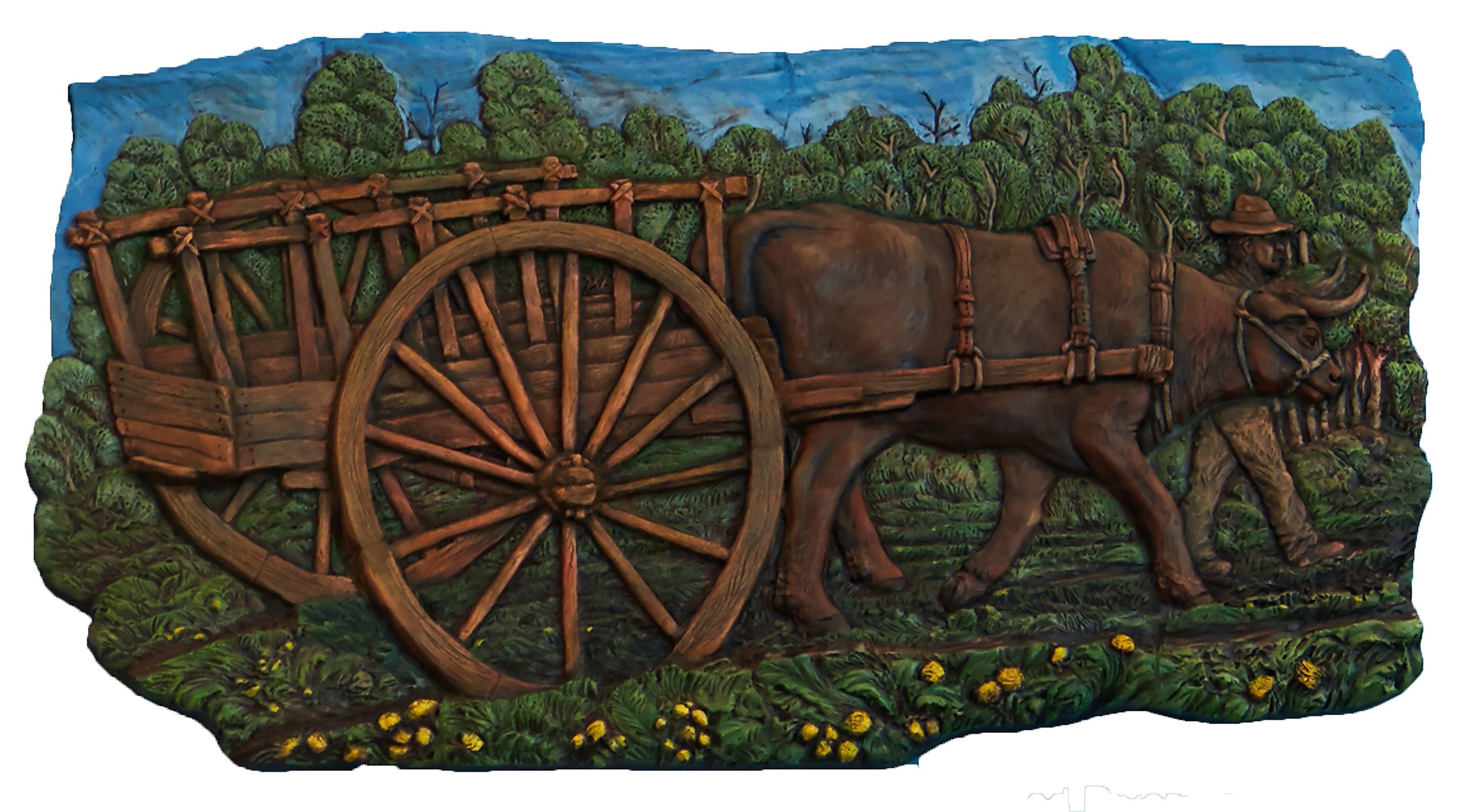
Early trails used by the First Nations peoples were related to travel from place to place, as well as economic fur trade of the time
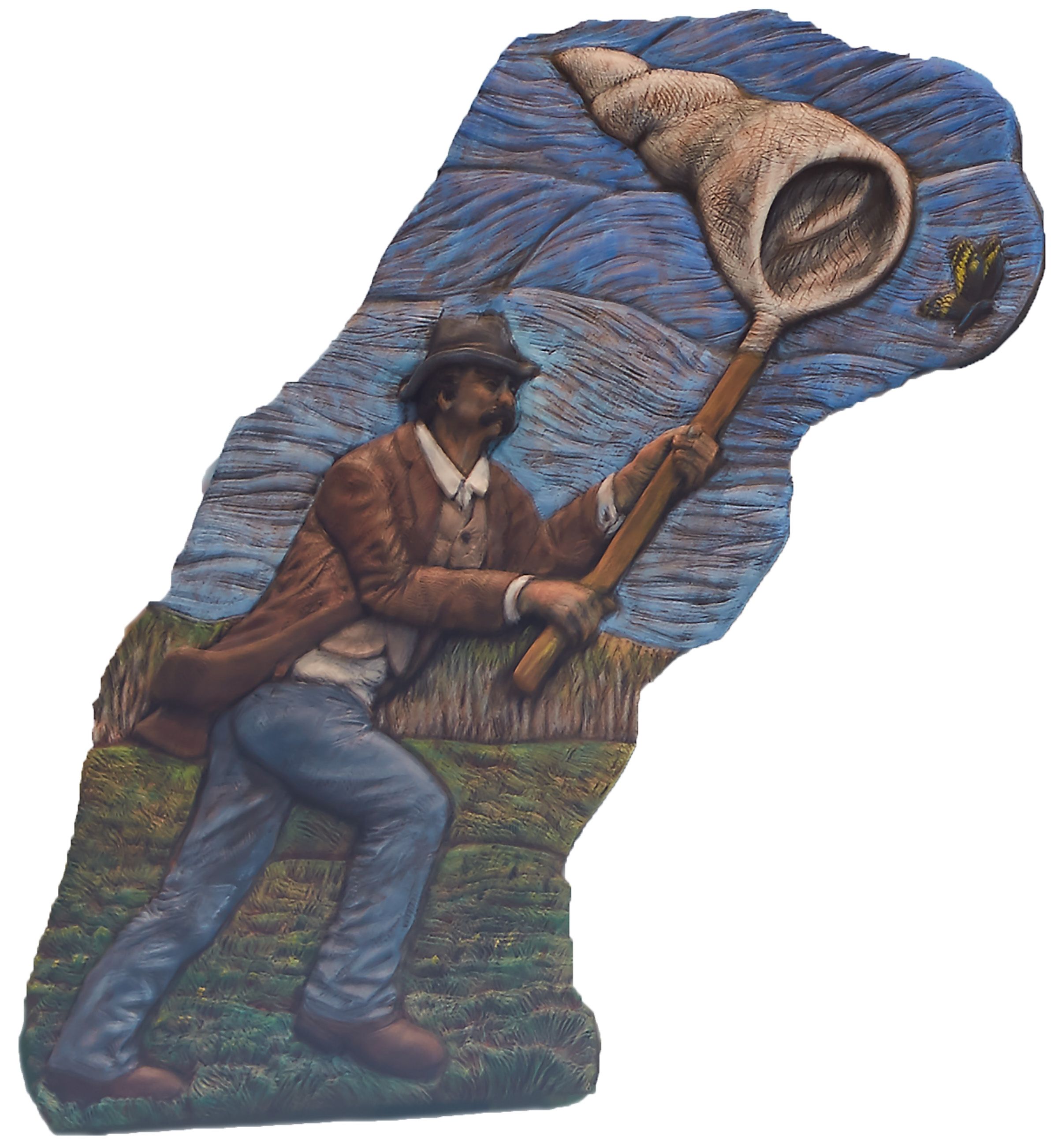
Arthur Douglas Gregson, an Englishman from Kent, developed an interest in natural history, and at the age of 15 he won the school prize for the best collection of moths and butterflies. He was one of the first colonial settlers to the Blackfalds area. He came here because of his diagnosis of tuberculosis, and his doctor's orders of a climate change from England as essential to his survival.
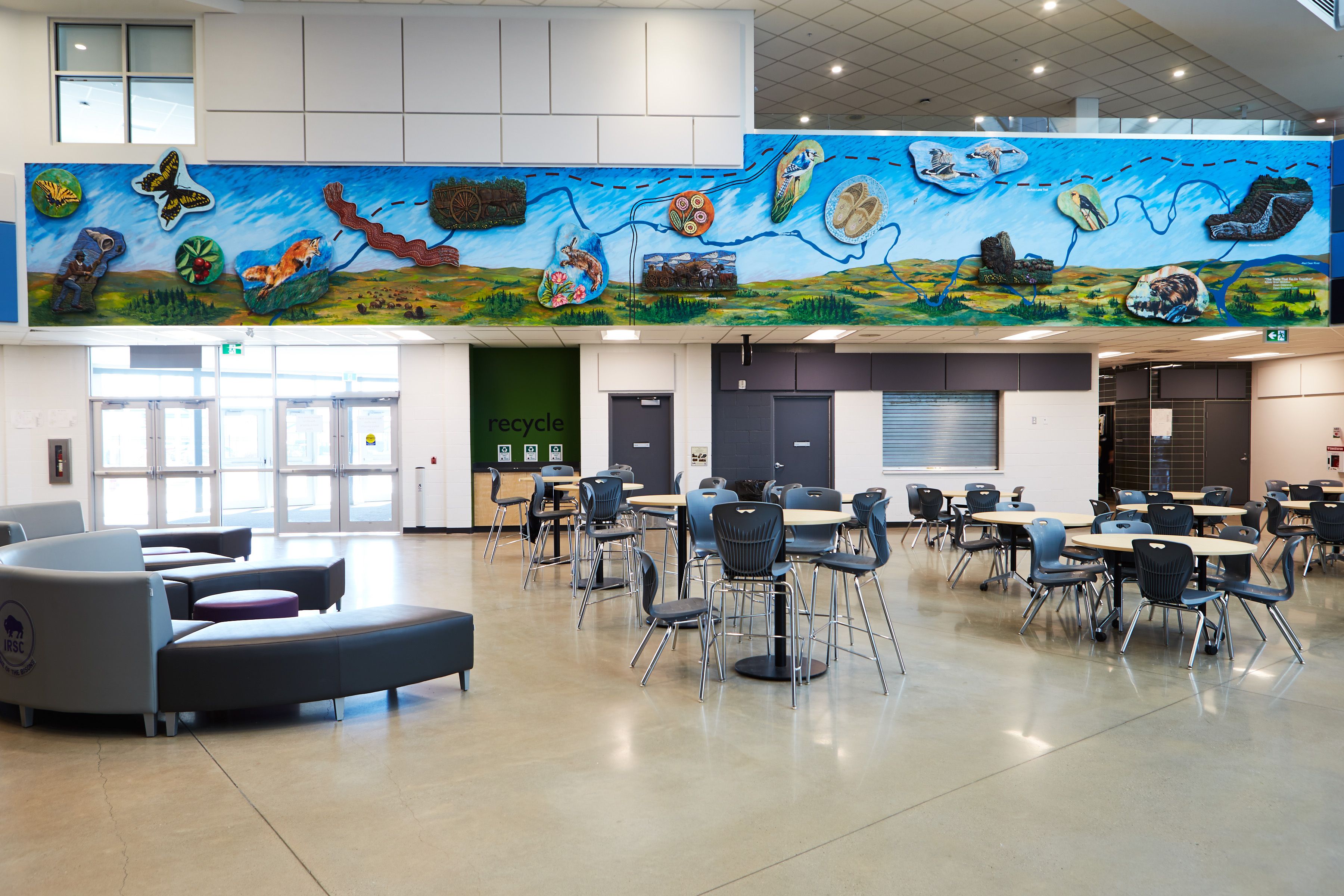
The Blackfalds & Area Historical Society commissioned Voyager Art Inc. to create, design and install this multi-media mural.
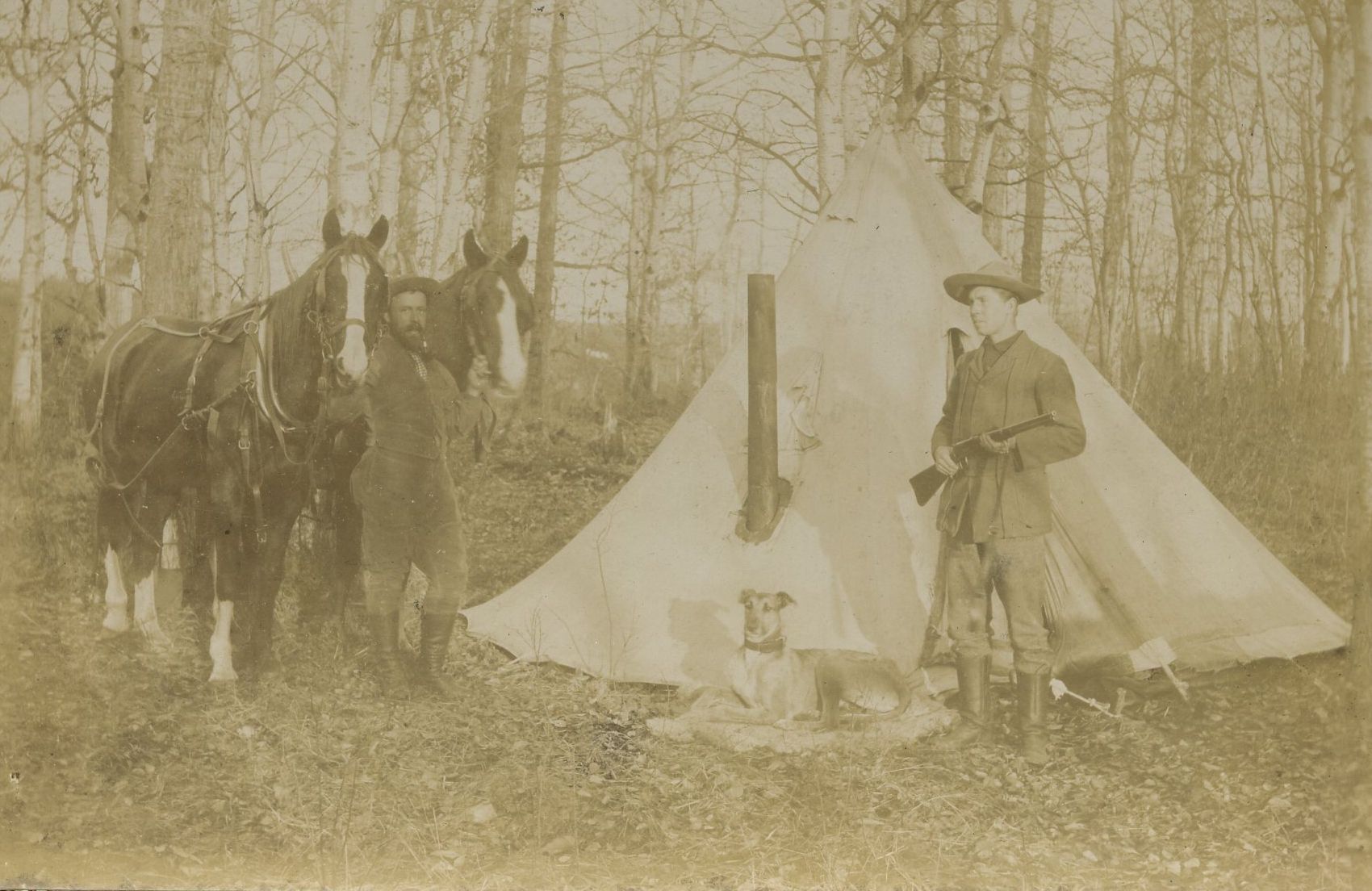
The Wigmore name dates back into English history, as far back as Alfred the Great. The Wigmore Castle in Herefordshire was first built in 1069, and later a church on the hill and an abbey and grange were added to the surrounding lands and village.

Blackfalds' monument with the names of 85 men and women